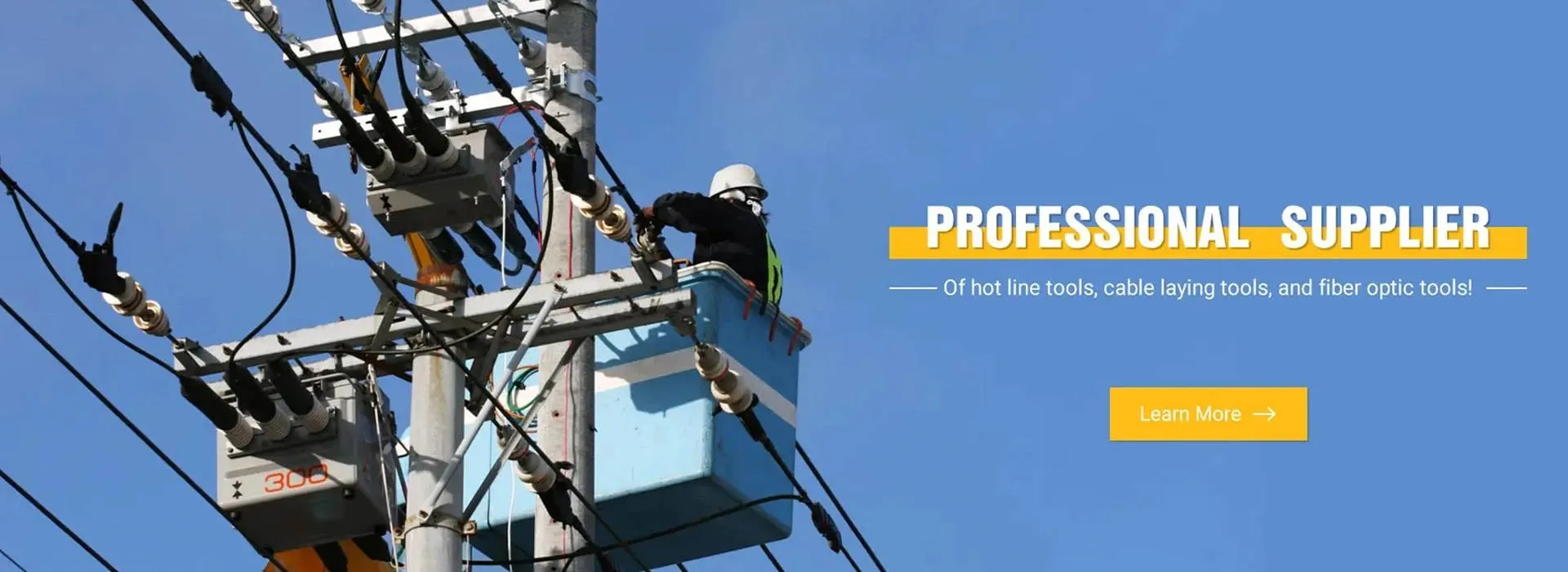
-
 Afrikaans
Afrikaans -
 Albanian
Albanian -
 Amharic
Amharic -
 Arabic
Arabic -
 Armenian
Armenian -
 Azerbaijani
Azerbaijani -
 Basque
Basque -
 Belarusian
Belarusian -
 Bengali
Bengali -
 Bosnian
Bosnian -
 Bulgarian
Bulgarian -
 Catalan
Catalan -
 Cebuano
Cebuano -
 Corsican
Corsican -
 Croatian
Croatian -
 Czech
Czech -
 Danish
Danish -
 Dutch
Dutch -
 English
English -
 Esperanto
Esperanto -
 Estonian
Estonian -
 Finnish
Finnish -
 French
French -
 Frisian
Frisian -
 Galician
Galician -
 Georgian
Georgian -
 German
German -
 Greek
Greek -
 Gujarati
Gujarati -
 Haitian Creole
Haitian Creole -
 hausa
hausa -
 hawaiian
hawaiian -
 Hebrew
Hebrew -
 Hindi
Hindi -
 Miao
Miao -
 Hungarian
Hungarian -
 Icelandic
Icelandic -
 igbo
igbo -
 Indonesian
Indonesian -
 irish
irish -
 Italian
Italian -
 Japanese
Japanese -
 Javanese
Javanese -
 Kannada
Kannada -
 kazakh
kazakh -
 Khmer
Khmer -
 Rwandese
Rwandese -
 Korean
Korean -
 Kurdish
Kurdish -
 Kyrgyz
Kyrgyz -
 Lao
Lao -
 Latin
Latin -
 Latvian
Latvian -
 Lithuanian
Lithuanian -
 Luxembourgish
Luxembourgish -
 Macedonian
Macedonian -
 Malgashi
Malgashi -
 Malay
Malay -
 Malayalam
Malayalam -
 Maltese
Maltese -
 Maori
Maori -
 Marathi
Marathi -
 Mongolian
Mongolian -
 Myanmar
Myanmar -
 Nepali
Nepali -
 Norwegian
Norwegian -
 Norwegian
Norwegian -
 Occitan
Occitan -
 Pashto
Pashto -
 Persian
Persian -
 Polish
Polish -
 Portuguese
Portuguese -
 Punjabi
Punjabi -
 Romanian
Romanian -
 Russian
Russian -
 Samoan
Samoan -
 Scottish Gaelic
Scottish Gaelic -
 Serbian
Serbian -
 Sesotho
Sesotho -
 Shona
Shona -
 Sindhi
Sindhi -
 Sinhala
Sinhala -
 Slovak
Slovak -
 Slovenian
Slovenian -
 Somali
Somali -
 Spanish
Spanish -
 Sundanese
Sundanese -
 Swahili
Swahili -
 Swedish
Swedish -
 Tagalog
Tagalog -
 Tajik
Tajik -
 Tamil
Tamil -
 Tatar
Tatar -
 Telugu
Telugu -
 Thai
Thai -
 Turkish
Turkish -
 Turkmen
Turkmen -
 Ukrainian
Ukrainian -
 Urdu
Urdu -
 Uighur
Uighur -
 Uzbek
Uzbek -
 Vietnamese
Vietnamese -
 Welsh
Welsh -
 Bantu
Bantu -
 Yiddish
Yiddish -
 Yoruba
Yoruba -
 Zulu
Zulu


Sep . 21, 2024 16:27 Back to list
cable ratchet puller
The Essential Guide to Cable Ratchet Pullers
A cable ratchet puller, also known as a ratchet strap puller or a cable winch, is an invaluable tool in lifting, pulling, and securing heavy loads. Whether you are a professional in the construction industry, a weekend warrior working on home projects, or someone needing a reliable tool for outdoor activities, understanding how to effectively use a cable ratchet puller can save you time and effort.
What is a Cable Ratchet Puller?
At its core, a cable ratchet puller consists of a durable steel frame, a ratcheting mechanism, and a strong cable or strap. The primary function of this tool is to apply considerable tension to cables, allowing users to lift heavy objects with ease. The ratcheting mechanism enables users to incrementally tighten the cable without requiring continuous force, making the operation more efficient.
Types of Cable Ratchet Pullers
There are various types of cable ratchet pullers available, each designed for different applications. The most common materials for the cable include steel, aluminum, and synthetic fibers. Steel cables are favored for their strength and durability, while synthetic ropes are appreciated for their lightweight nature and ease of handling. Additionally, pullers come in different weight capacities, making it crucial to choose one that suits your specific needs.
How to Use a Cable Ratchet Puller
Using a cable ratchet puller involves a few simple steps
1. Preparation Select a suitable location for the puller, ensuring it's anchored securely to prevent slippage. Common anchor points include trees, trailers, or heavy machinery.
cable ratchet puller

2. Attachment Secure the end of the cable to the object you wish to pull. This could be a vehicle, a heavy crate, or other substantial loads. Make sure the connection is tight and that it won’t come loose during operation.
3. Ratcheting Pull the free end of the cable through the ratchet mechanism. Engage the ratchet handle by moving it back and forth, which will gradually tighten the cable and pull the load closer.
4. Securing the Load Once the desired tension has been achieved, ensure the load is secure. Some models come equipped with hooks or clamps to help stabilize the load further.
5. Releasing Tension After completing the task, disengage the ratchet mechanism to release the tension on the cable, allowing for easy disengagement from the object.
Safety Precautions
Safety should always be a priority when using a cable ratchet puller. Always inspect the tool before use to ensure there are no frayed cables or damaged components. Additionally, never exceed the weight limit specified by the manufacturer. Use protective gear, such as gloves and safety goggles, to safeguard yourself from potential hazards.
Conclusion
A cable ratchet puller is a versatile tool that can simplify a variety of lifting and pulling tasks. Its ratcheting mechanism allows for efficient and controlled tension application, making it ideal for both professional and personal use. By understanding the various types, proper usage techniques, and safety measures, you can harness the full potential of this essential tool, ensuring your projects are completed safely and effectively. Whether you are pulling a fallen tree, securing a load on a trailer, or lifting heavy equipment, a cable ratchet puller can be your reliable partner in tackling tough jobs.
Latest news
What Are Construction Tools and How Are They Used?
NewsJul.11,2025
Professional-Grade Duct Rodding Tools for Superior Cable Installation
NewsJul.11,2025
Enhancing Safety and Efficiency with Modern Hot Stick Solutions
NewsJul.11,2025
Empowering Cable Installation with Advanced Rodder Solutions
NewsJul.11,2025
Elevate Your Cable Installation Projects with Cable Pulling Tools
NewsJul.11,2025
Efficient Cable Handling Solutions: Cable Rollers for Sale
NewsJul.11,2025











